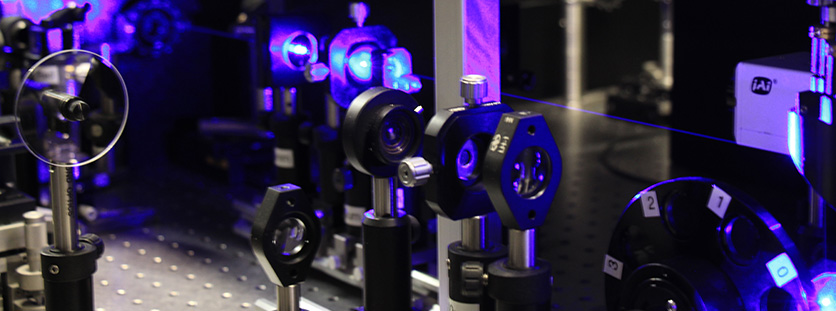
Mineral Physics and Petrology
Steve Jacobsen uses various experimental techniques to synthesize and probe the physical properties of Earth and planetary materials. His research in the area of mineral physics applies an atomic-scale understanding of mineral properties to geophysical-scale problems. For example, he is currently using novel ultrasonic techniques to measure the effects of hydration on elastic wave propagation in deep-mantle minerals. High-pressure silicate phases in the mantle transition zone (410-660 km depth) have the potential to store vast quantities of H2O in the solid state, and results from Jacobsen’s lab are being used to interpret seismic studies of the mantle by seismologists such as departmental colleague Suzan van der Lee.
Jacobsen’s research also explores structural and electronic transformations in Earth and technological materials at high pressures and temperatures inside diamond-anvil cells, which are capable reaching static pressures in excess of 100 GPa (equal to 1800 miles depth in the Earth) in his Hogan laboratory. Much of Jacobsen’s work is carried out using brilliant synchrotron X-rays available at the nearby Advanced Photon Source of Argonne National Laboratory.
